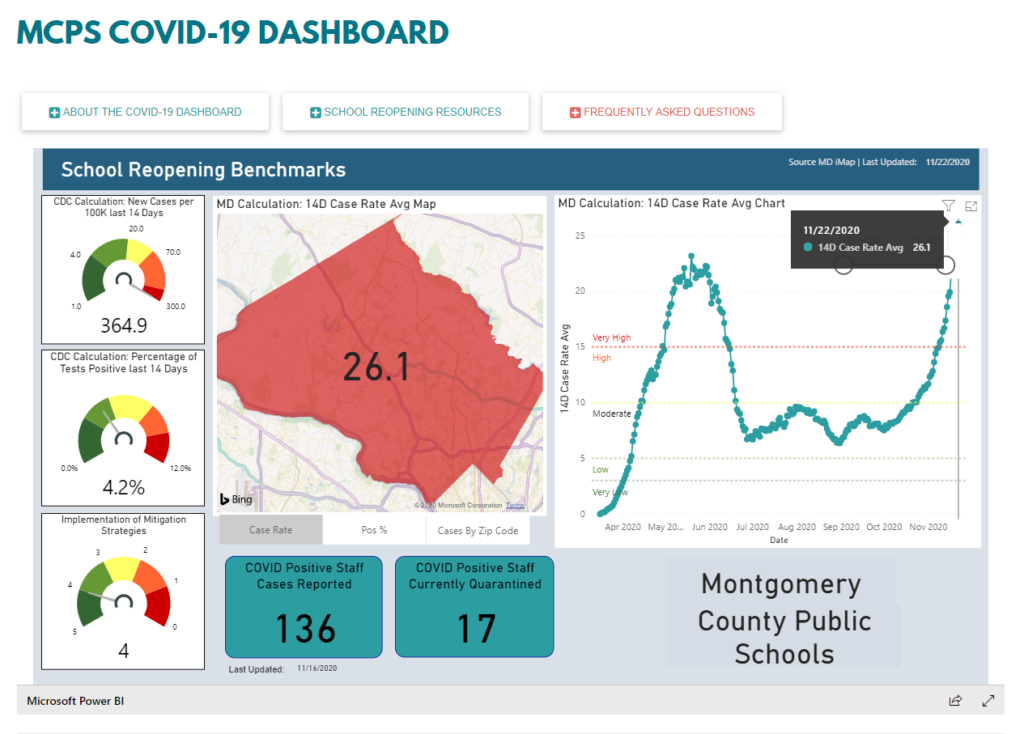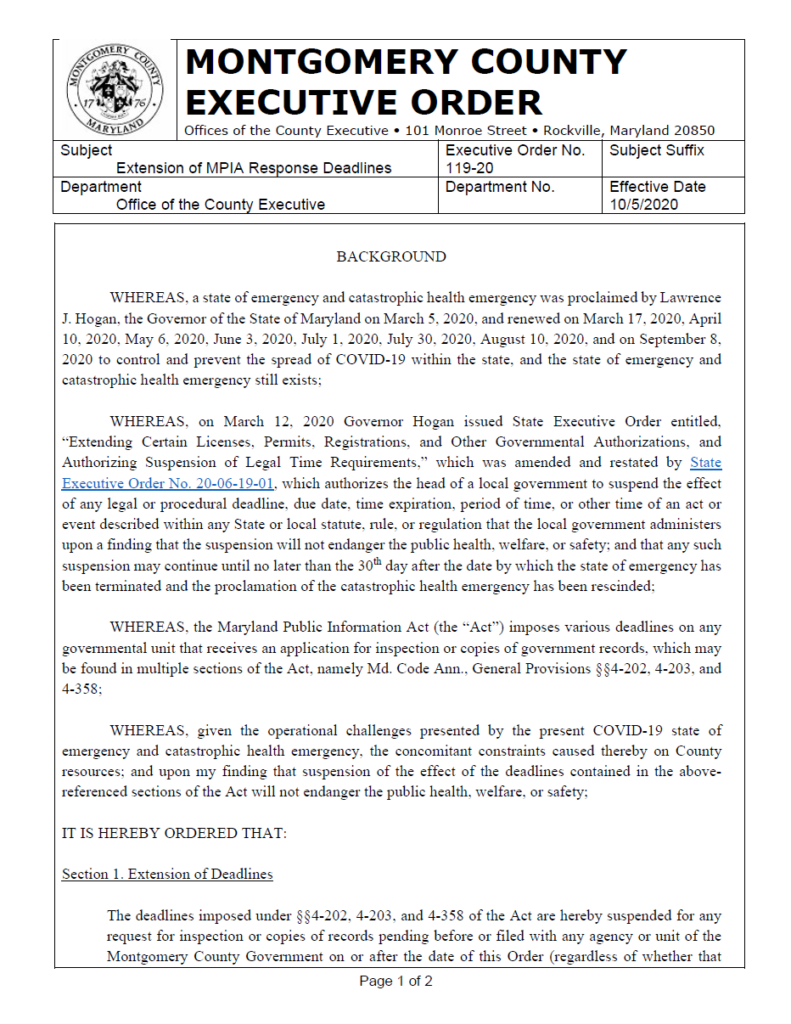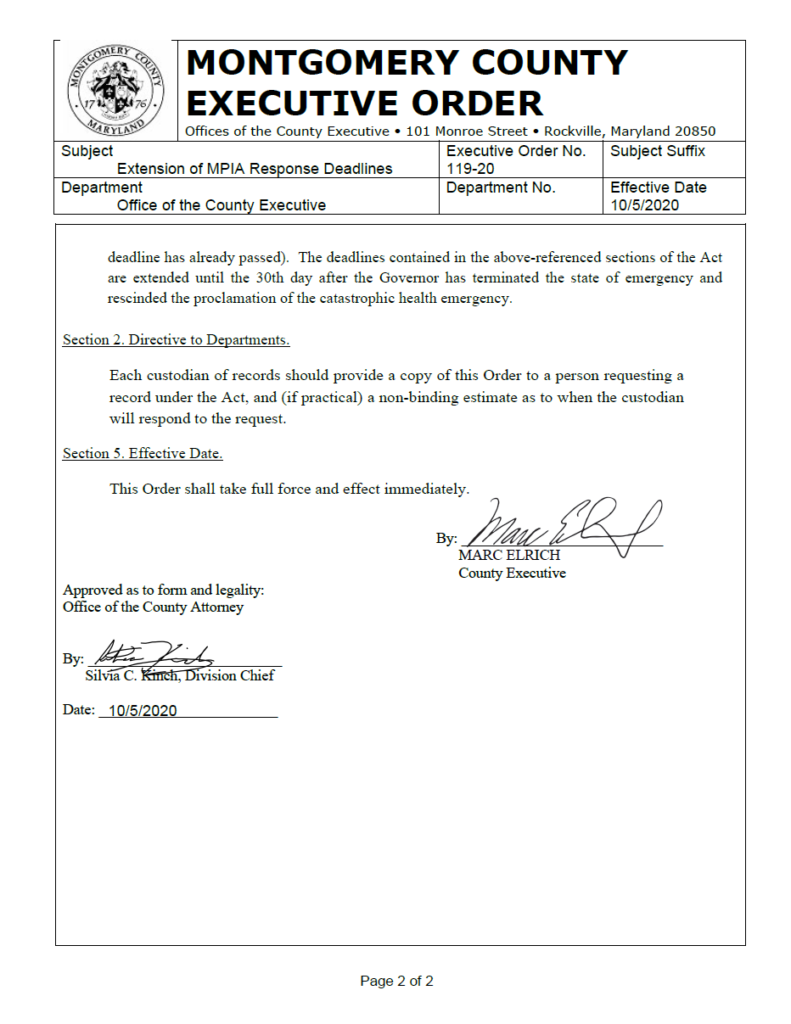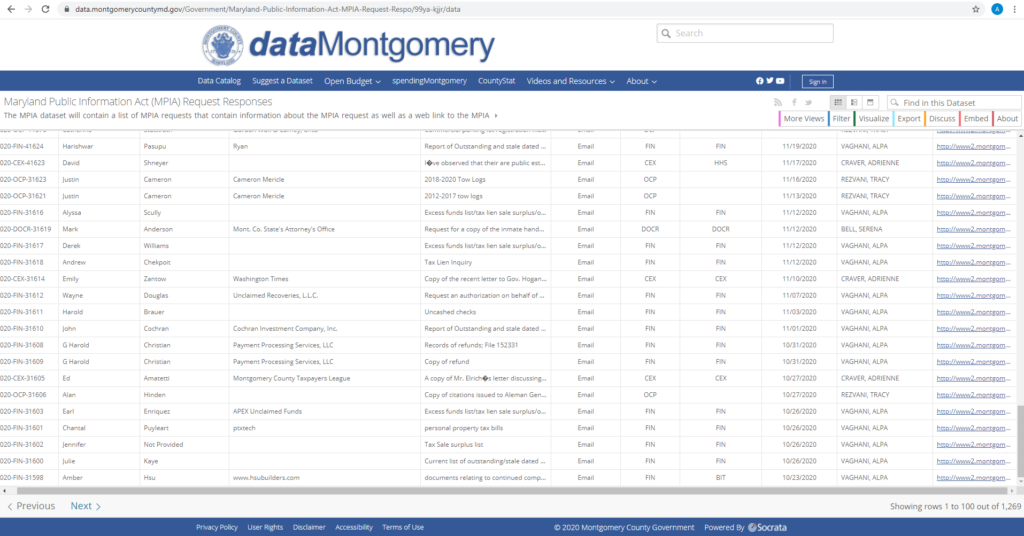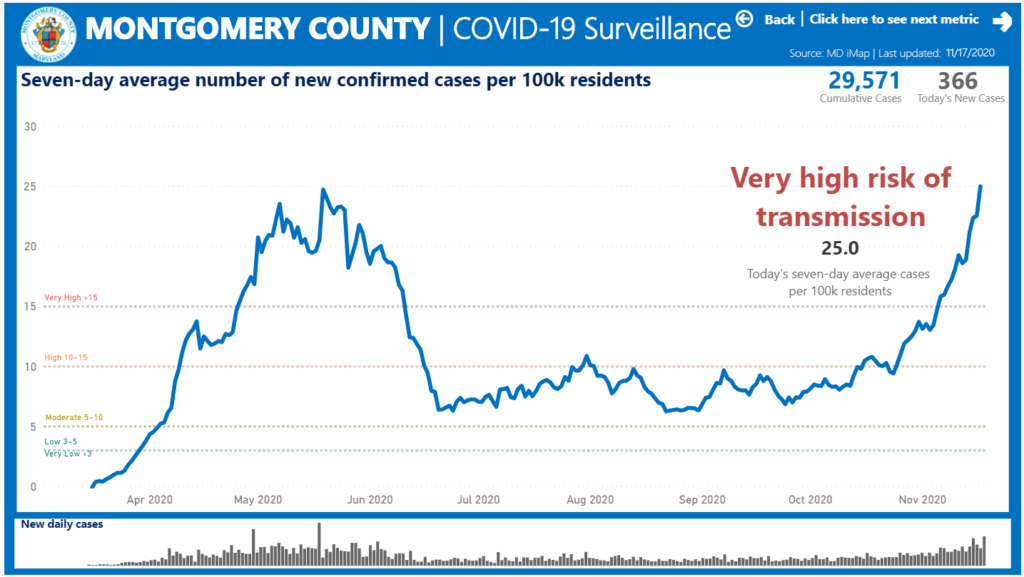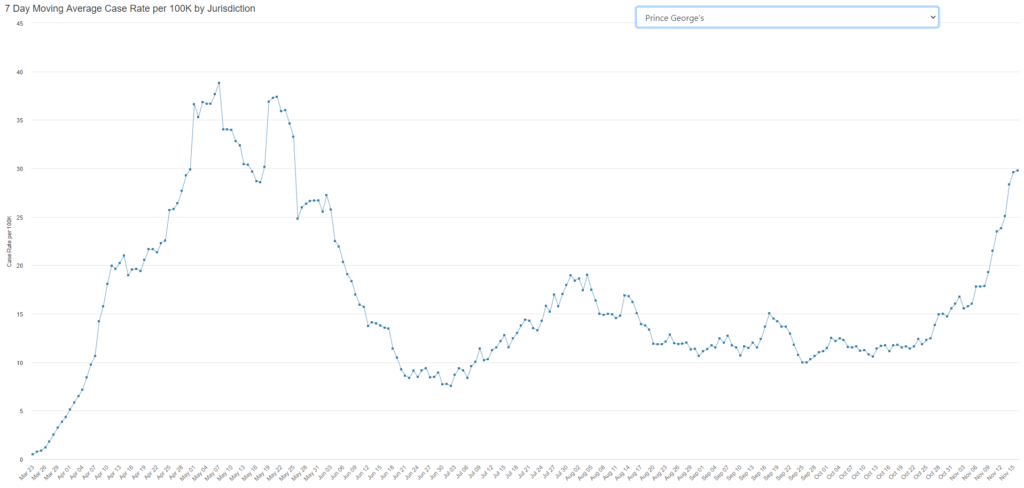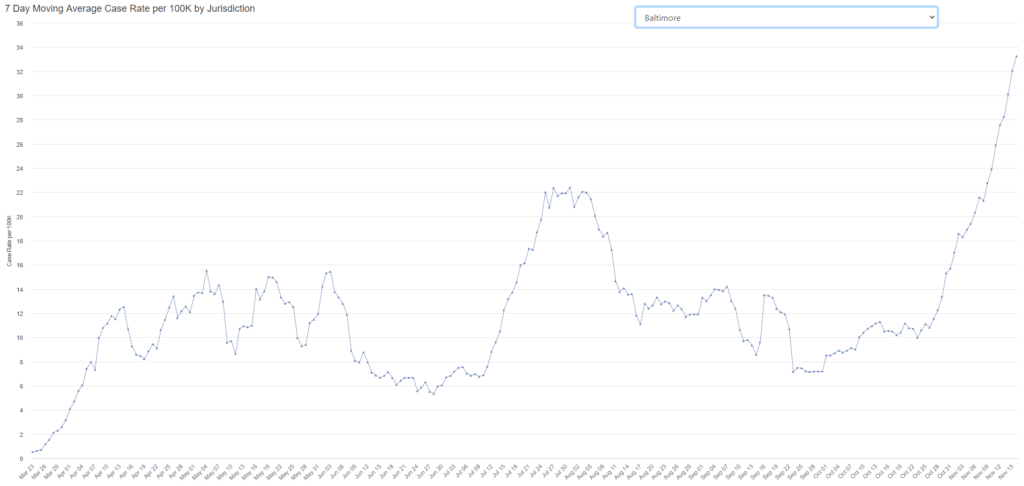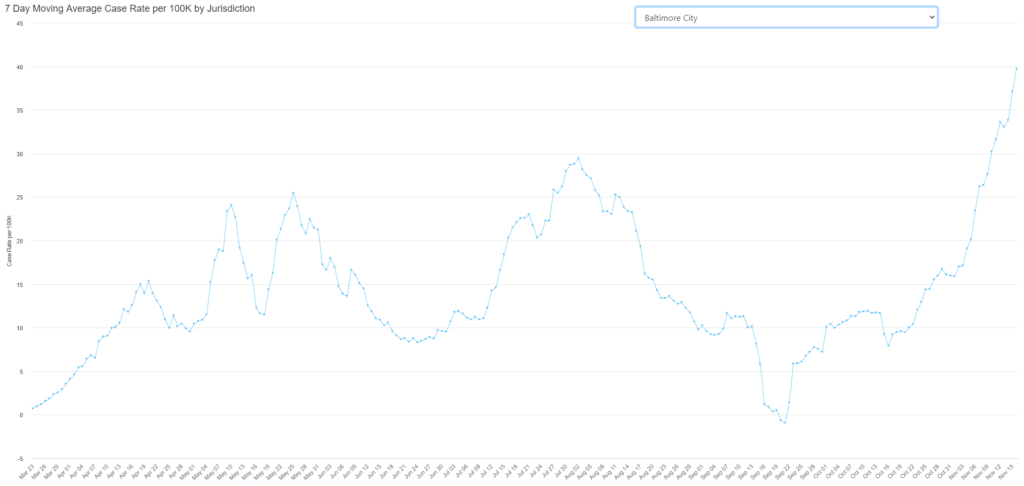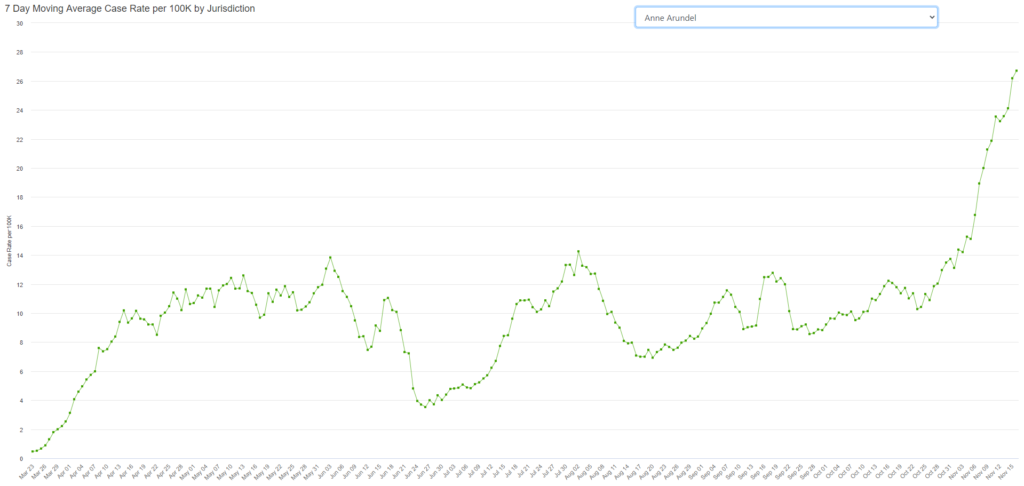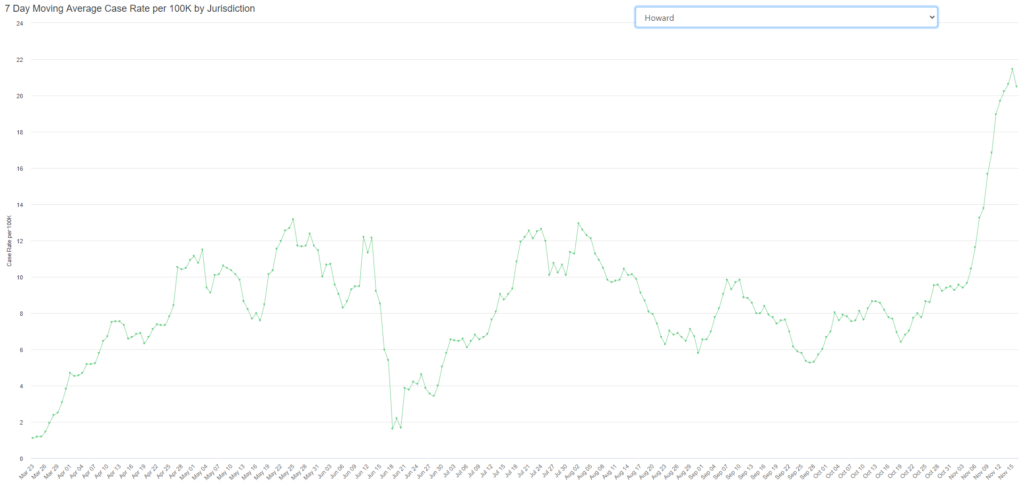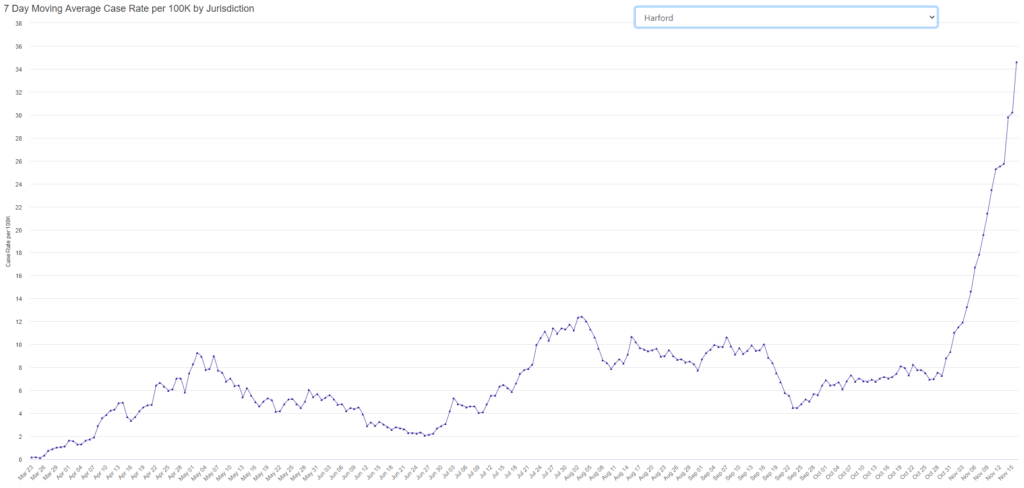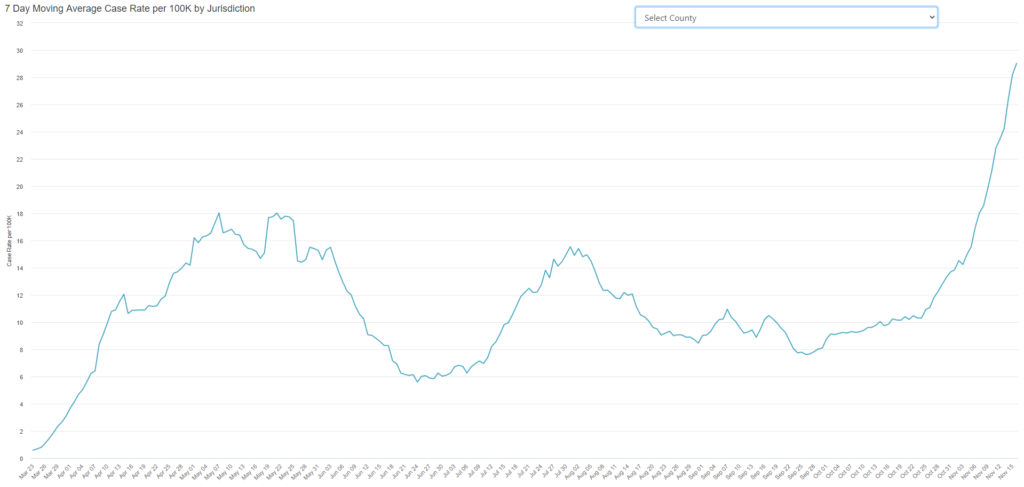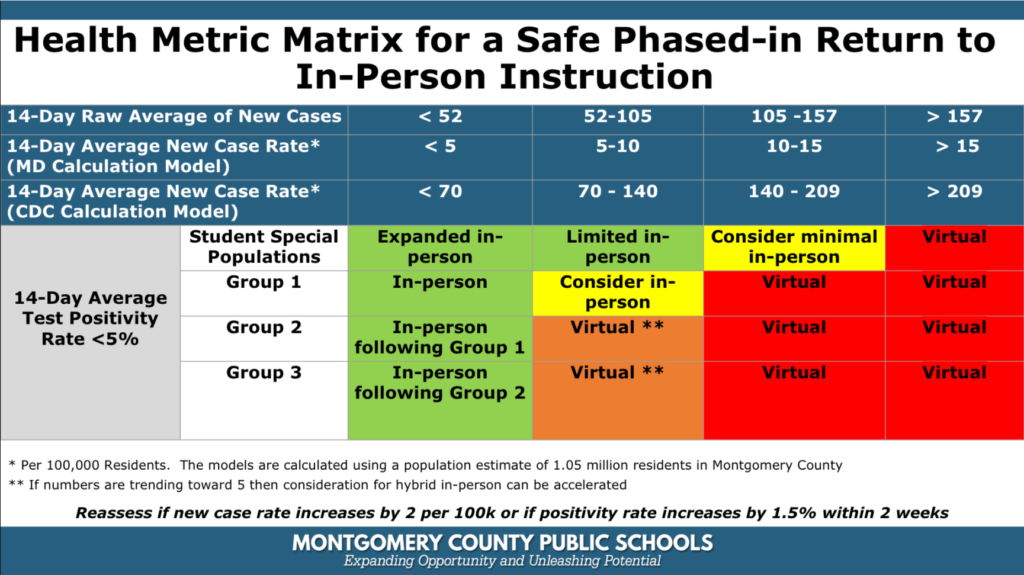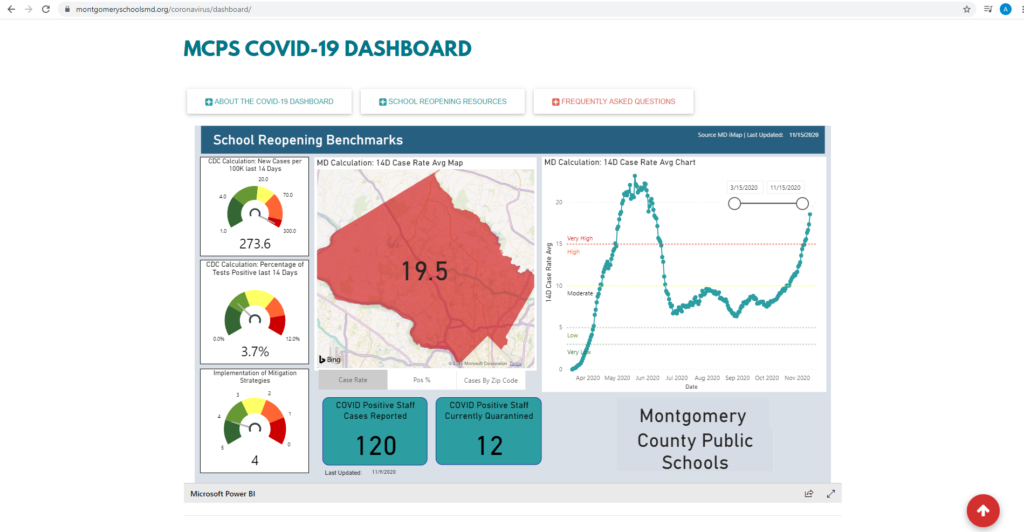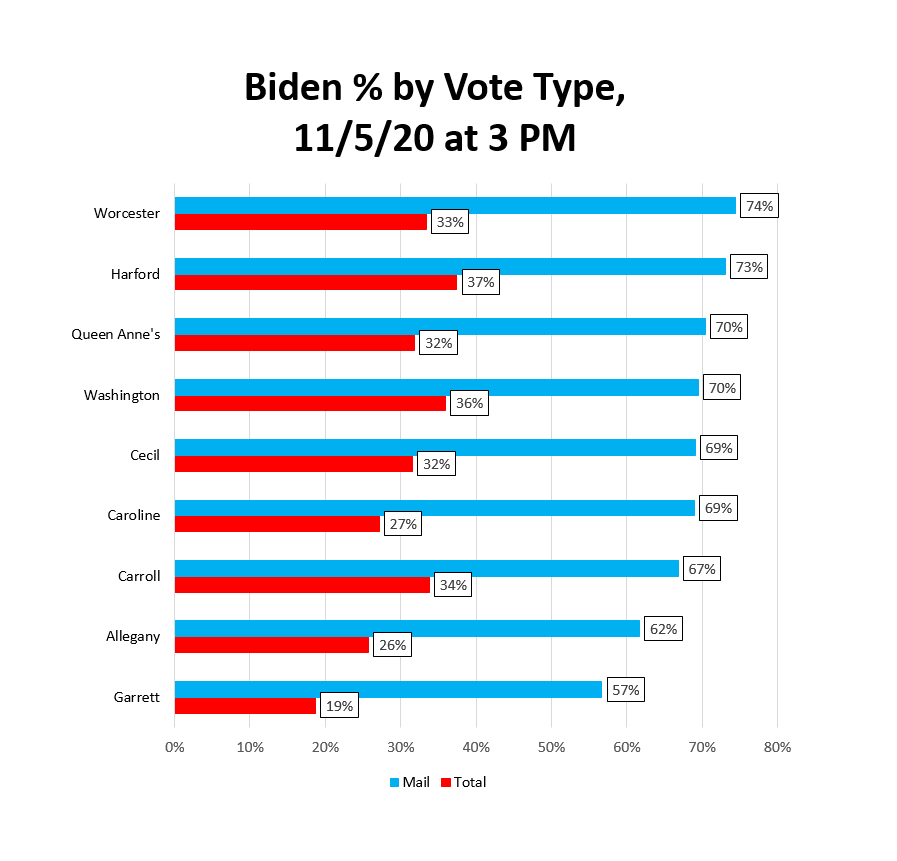By Adam Pagnucco.
It’s not every day that you see a senior member of MoCo’s state delegation blast the county government, but Delegate Eric Luedtke (D-14) recently did so. In an essay published in Bethesda Beat, Luedtke opined, “The lesson of Question D is that representation matters” and repeatedly criticized county leaders for ignoring his district, which hugs the Howard County border.
Luedtke wrote, “Bluntly, due to the political geography of the county, countywide elected officials in particular don’t need to spend much time in the upper reaches of the county to get re-elected. The vast majority of the votes in the Democratic primary are downcounty votes.”
Is that true?
Former county council candidate (and co-chair of the ballot issue committee that opposed nine districts) Marilyn Balcombe has written about low upcounty turnout in the 2018 primary on Seventh State. Her conclusion was, “The Upcounty doesn’t vote and nobody cares.” Let’s reexamine that premise and also ask another question: did upcounty vote differently than downcounty in the council at-large race?
First, let’s set our definitions. For the sake of this analysis, I am defining downcounty as the “Democratic Crescent,” a term I coined for precincts located in Takoma Park, Silver Spring (inside the Beltway), Chevy Chase, Kensington, Bethesda and Cabin John. This area was responsible for sending Jamie Raskin to Congress in the fiercely contested 2016 primary. I am defining upcounty as precincts located in Brookeville, Clarksburg, Damascus, Dickerson, Gaithersburg, Germantown, Laytonsville, Montgomery Village, Olney, Poolesville, Sandy Spring and Washington Grove, which also include less populated areas nearby (like Ashton, Barnesville, Boyds and Spencerville). The rest of the county is here referred to – artfully – as “everywhere else.”
Precinct results are reported by the State Board of Elections for election day voting. (Precinct data excludes other voting modes.) In the 2018 Democratic primary, 301,208 votes were cast on election day in the council at-large race. Each voter can vote for up to four candidates since there are four at-large seats. Here is the distribution of council at-large votes by broad region along with U.S. Census Bureau population estimates for 2014-2018.
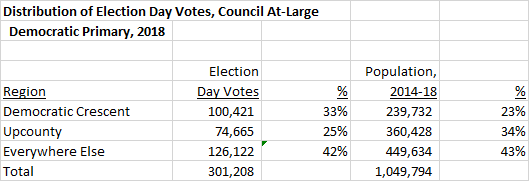
Roughly speaking, the crescent accounted for a quarter of the county’s population but cast a third of the votes in the council at-large Democratic primary. The upcounty was the reverse – it accounted for a third of the county’s population but cast a quarter of the votes. So downcounty didn’t account for a majority of the votes as Luedtke said, but it accounted for a disproportionate number of them for two reasons: a higher than average share of its voters are Democrats, and downcounty Democrats turned out at a higher than average rate as Balcombe wrote.
This might not matter much except for one thing: do downcounty Democrats vote for different candidates than upcounty Democrats? Here is where it gets interesting. The table below shows the rank order of finish for council at-large candidates among upcounty Democrats only.
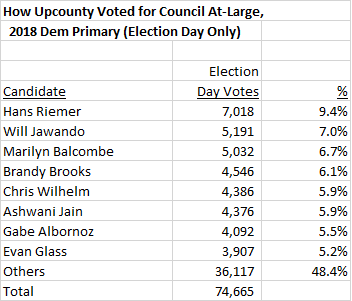
Hans Riemer (the only incumbent) and Will Jawando finished first and second in the overall vote. But if the decision was made by upcounty, Marilyn Balcombe (who finished fifth overall) and Brandy Brooks (who finished seventh) would also have been elected. The result for Balcombe, who lives in Germantown, is unsurprising. However, Brooks is a Democratic Socialist who lived in Wheaton at the time. That shows how progressive upcounty Democrats, who also elected DSA member Gabe Acevero to the House of Delegates, can be. Gabe Albornoz and Evan Glass, who were both elected, finished seventh and eighth in upcounty respectively.
The table below shows how the Democratic Crescent voted.
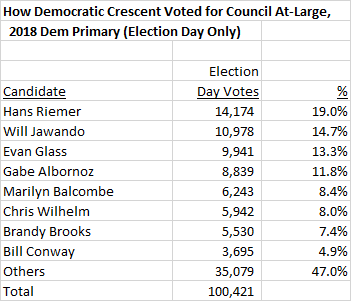
Not only did the crescent pick all four at-large winners, it picked them in their overall order of finish. The crescent also voted for Balcombe, Brooks and Chris Wilhelm in their overall order of finish. At least in the 2018 election, the pattern established by downcounty voters applied very closely to the total result.
Now let’s look at where each of the top ten at-large candidates drew their votes from.
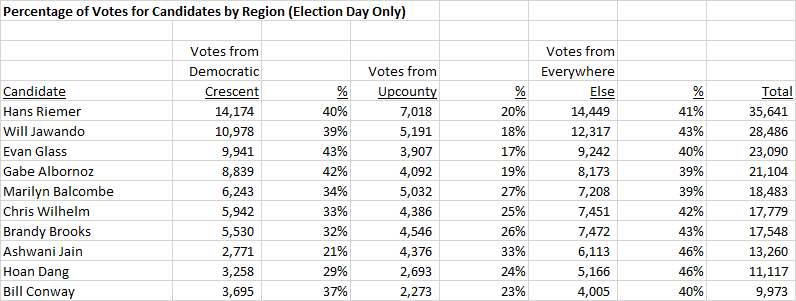
The four candidates with the highest percentage of their votes coming from the crescent – Riemer, Jawando, Glass and Albornoz – were the ones who got elected. In fact, each of these four received at least twice as many votes from the crescent as they did from upcounty. Candidates who received a quarter or more of their votes from upcounty (Balcombe, Wilhelm, Brooks and Ashwani Jain) did not win.
Just as in 2004, MoCo voters chose to reject the abolition of the at-large council seats this year. Given the fact that these seats will remain on the ballot, and given the election results above, upcounty voters must increase their turnout to get any respect from county government. If they don’t, the issues described by Delegate Luedtke in his column will continue.

